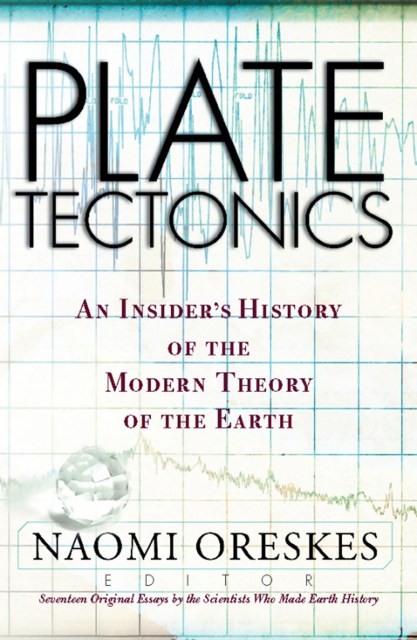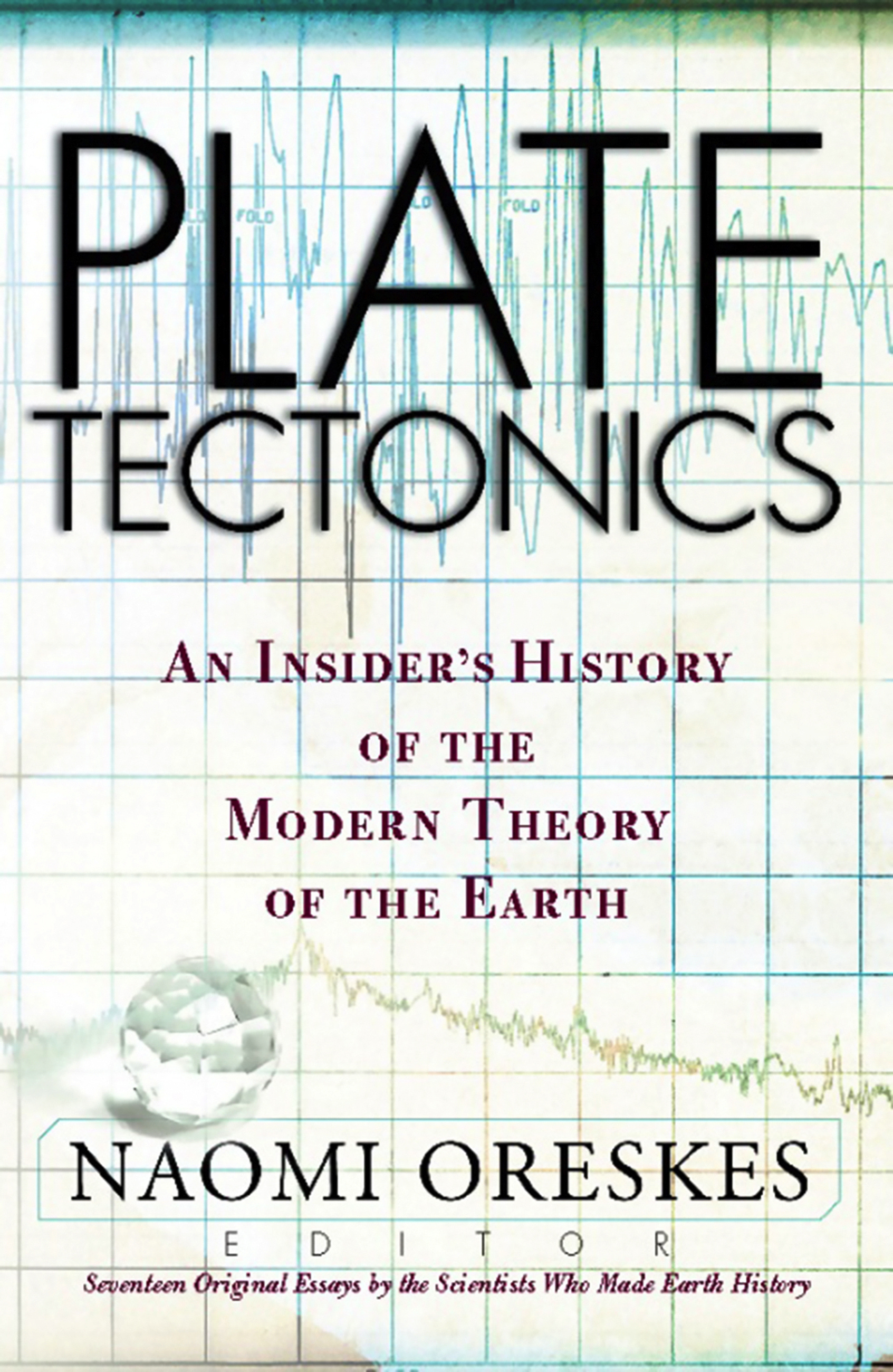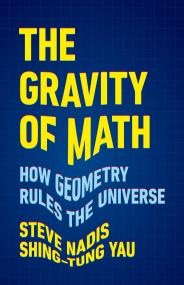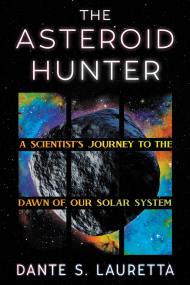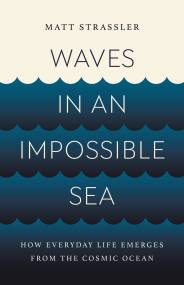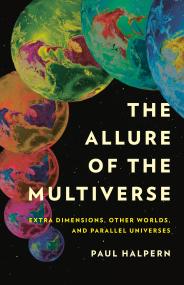Promotion
Use code MOM24 for 20% off site wide + free shipping over $45
Plate Tectonics
An Insider's History Of The Modern Theory Of The Earth
Contributors
Formats and Prices
Price
$36.99Format
Format:
- ebook $36.99
- Trade Paperback $59.00
This item is a preorder. Your payment method will be charged immediately, and the product is expected to ship on or around November 10, 2008. This date is subject to change due to shipping delays beyond our control.
Also available from:
Can anyone today imagine the earth without its puzzle-piece construction of plate tectonics? The very term, “plate tectonics,” coined only thirty-five years ago, is now part of the vernacular, part of everyone’s understanding of the way the earth works.The theory, research, data collection, and analysis that came together in the late 1960's to constitute plate tectonics is one of the great scientific breakthroughs of the 20th century. Scholarly books have been written about tectonics, but none by the key scientists-players themselves. In Plate Tectonics, editor Naomi Oreskes has assembled those scientists who played crucial roles in developing the theory to tell – for the first time, and in their own words – the stories of their involvement in the extraordinary confrimation of the theory.The book opens with an overview of the history of plate tectonics, including in-context definitions of the key terms that are discussed throughout the book. Oreskes explains how the forerunners of the theory, Wegener and du Toit, raised questions that were finally answered thirty years later, and how scientists working at the key academic institutions – Cambridge and Princeton Universities, Columbia University’s Lamont Doherty Geological Observatory, and the University of California-San Diego’s Scripps Institution of Oceanography – competed and collaborated until the theory coalesced.
Genre:
- On Sale
- Nov 10, 2008
- Page Count
- 256 pages
- Publisher
- Avalon Publishing
- ISBN-13
- 9780786742554
Newsletter Signup
By clicking ‘Sign Up,’ I acknowledge that I have read and agree to Hachette Book Group’s Privacy Policy and Terms of Use
